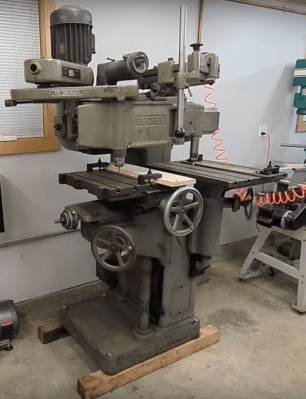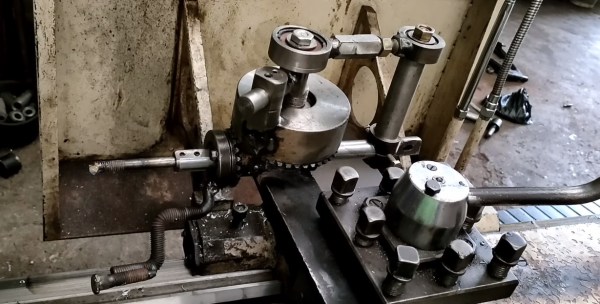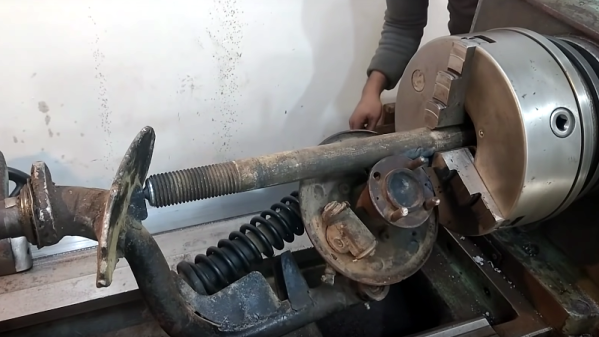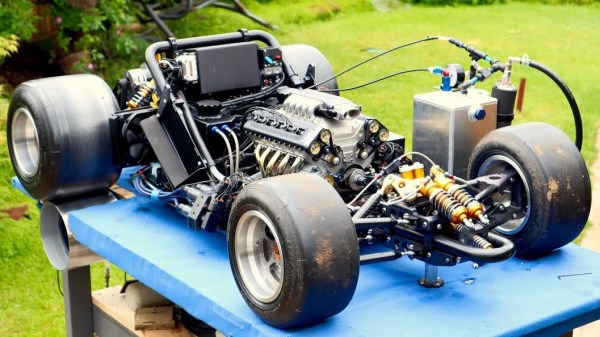The Allen key turns 115 this year. It’s strange to believe that in all that time, no one has come up with an adjustable version, but apparently true. Luckily [Chronova Engineering] has taken up the challenge in his latest video.
The video is a fascinating glimpse at the toolmaker’s art–manual machining and careful human judgement. Humans being the fallable creatures we are, the design goes through a few iterations. After the first failure in metal, [Chronova] falls back on 3D printing to rapidly prototype the next six iterations. Given how much work goes into manually machining the designs, we can only imagine the time savings that represents.
The final version is has classic hexagonal rod split in two, so that a chisel-shaped rod can spread the two prongs out to engage the sides of the Allen bolt. Even with that settled, the prongs and wedge had to be redesigned several times to find exact shape and heat-treatment that would work. At this point the range is anything between 4 mm and 6 mm, which is admittedly narrow, but [Chronova Engineering] believes the mechanism has the potential to go wider.
The design is not being patented, but the drawings are available via the [Chronova Engineering] Patreon if you really need an adjustable Allen key and don’t feel like reverse-engineering the mechanism from video. It’s a much larger project than we’ve featured from this channel before– enormous, really, compared to steam engines that fit on pencil erasers or electric motors that squeeze through the eye of a needle.
Our thanks hall-of-fame tipster [Keith Olson] for letting us know about this one. If you want a slice of that fame for yourself, the tips line is always open. Continue reading “Adjustable Allen Key After All These Years”


















